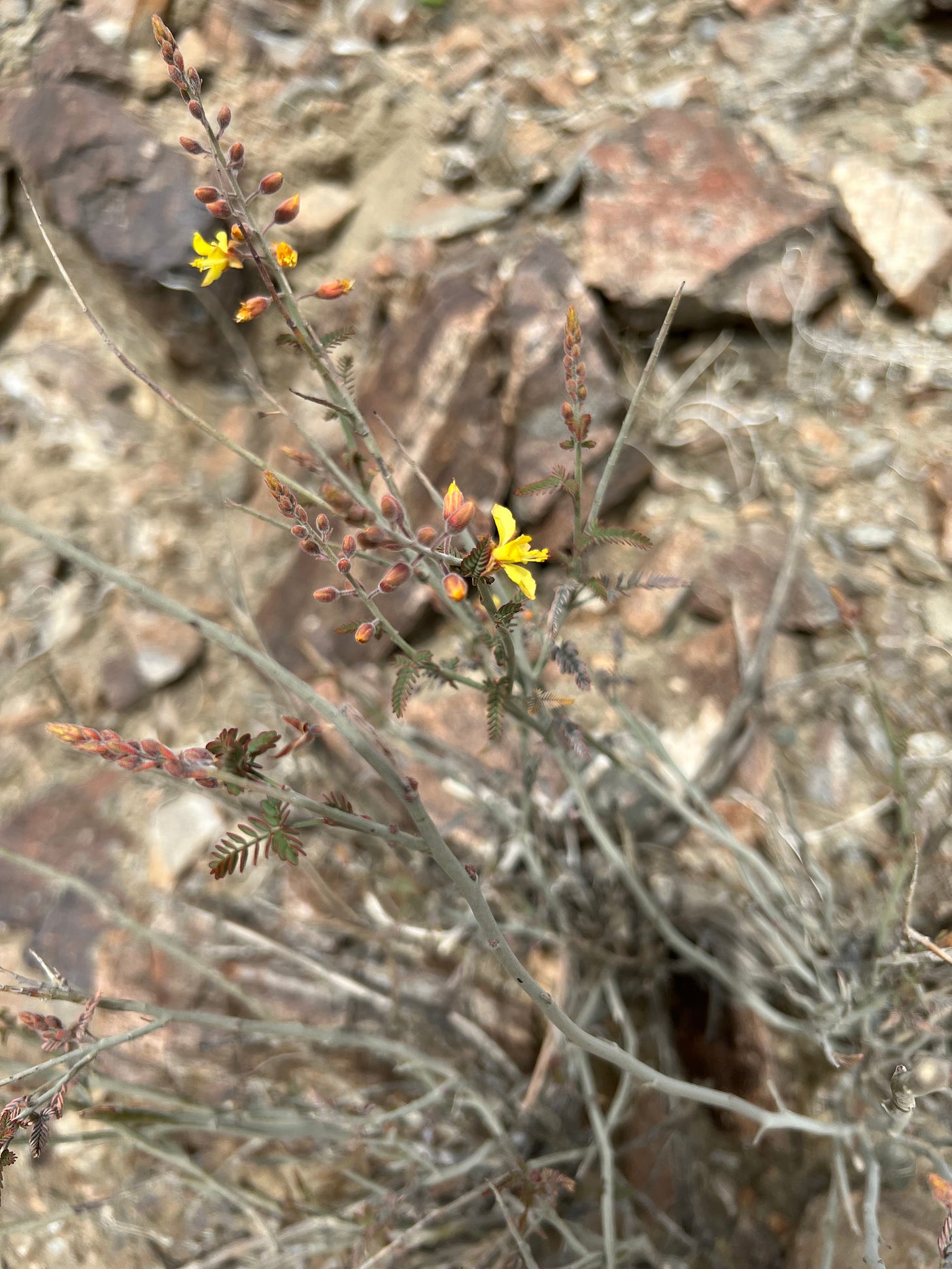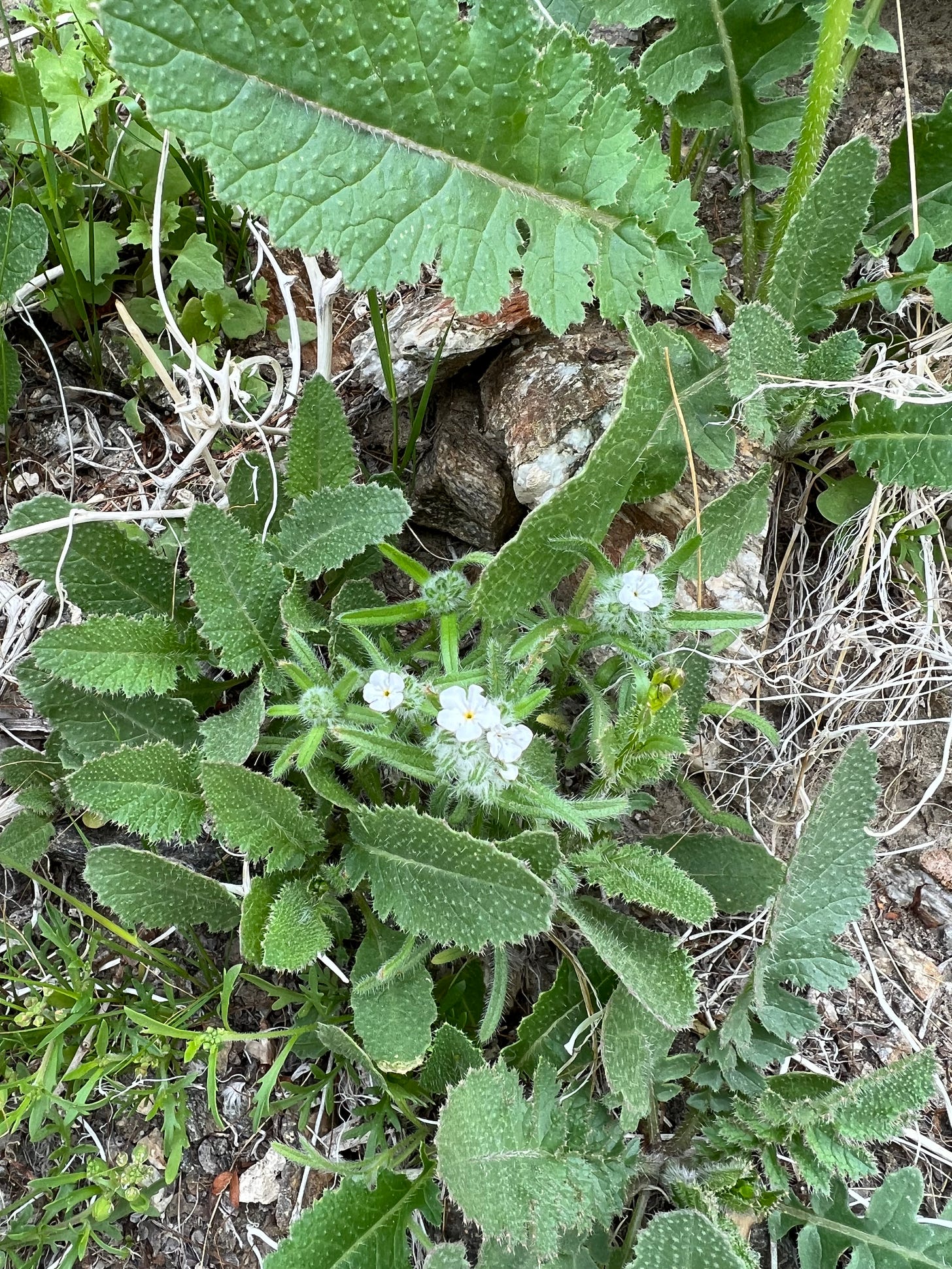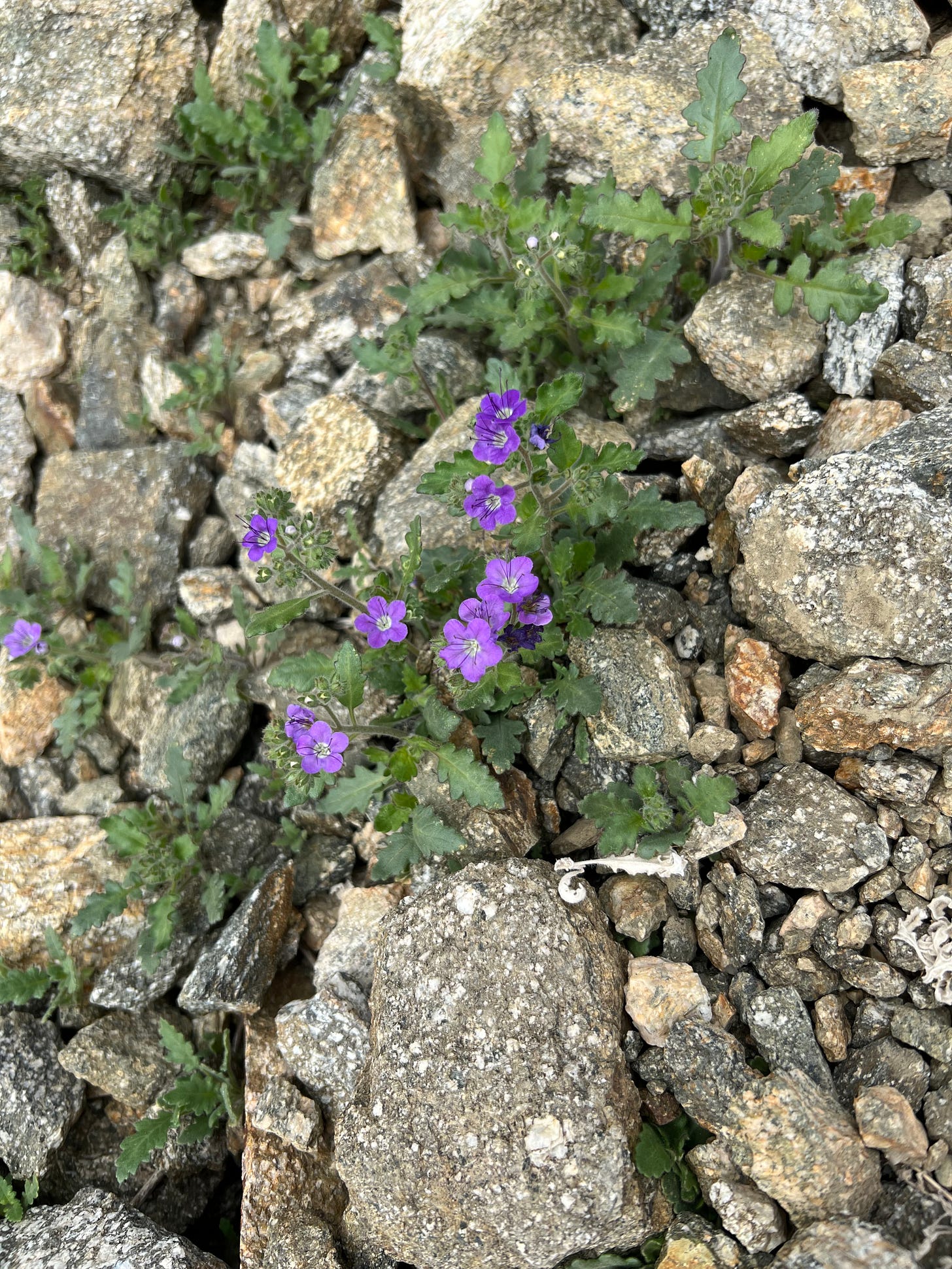The exterminator visited our house in the Coachella Valley this week.
Back East, we use exterminators only in emergencies, but in built-out areas in this part of California there are several pests that can get out of control: ants and crickets and cockroaches the size of Fiats.
Crickets? I asked once with some measure of disbelief. Jiminy! Besides the persistent chirping when the odd one gets into the house, what’s so bad about crickets?
They eat the rugs, I was told.
Oh. Well, that won’t do.
We only allowed the exterminator to enter the house when we had a small invasion of roaches. In general, we spray outside along the house foundation, but I caught him this week spraying along the garden wall perimeter as well.
Do you like birds? I asked him.
Yes.
What do you suppose birds eat?
Insects?
Bingo. I’m just trying to keep the bugs out of the house, not out of the entire town.
He got the message, but the conversation got me thinking. The exterminator said some people want him to spray everywhere. They want no insects in the yard whatsoever.
Presumably these folks don’t spend much time reflecting on our place in nature because they don’t believe they live in nature. It’s out there, somewhere far off (the farther, the better, I suppose), a force to be kept at bay.
Interestingly, these same people (if they’re our neighbors) live between two significant geological faults: the San Andreas to our east and the San Jacinto to our west. We face a comparable situation to the geology of southern Turkey and northern Syria, where a big earthquake destroyed entire towns this past February.
Tectonic plates are a part of nature that we can easily ignore—sometimes for hundreds of years—until the day we can’t. Nor do we get to choose the moment. We can only choose how and where we build, whether we do so with consciousness of lurking danger or obliviousness to it.
Similarly, I think, for all our good intentions gardeners all live between two faults. On one hand, to garden is to exert some measure of control, which can easily tip over to the extreme—akin to killing insects everywhere we can reach or building palaces that can easily be shaken to dust when the Big One comes.
On the other hand, without some effort we would return to the lives of hunter-gatherer nomads. Notwithstanding the appeal of that life to a romantically inclined small minority, the current population of Earth can’t support itself that way. We have to farm. We are called to garden.
We do other things for our comfort and enjoyment, of course, and many of these things involve burning fossil fuels. We have only begun to feel the consequences of that path. In the Gulf of Mexico off Florida’s west coast, releases of anthropogenic nutrients and climate change are increasingly causing algal blooms sometimes called red tides. Meanwhile, a giant formation of sargassum, a form of seaweed, closes in on Florida’s east coast. (My latest novel, written for my MES degree (which I hope to be shopping to publishers soon) contemplates a future where, among many other things, a sargassum forest covers submerged Florida.)
In North Carolina, houses built too close to the ocean are being swept away. In parts of California this winter, a series of atmospheric rivers likely exacerbated by climate change have been causing blizzards, flooding, and mudslides on a scale that should remind people of our collective puniness.
The act of taming nature is an illusion akin to living placidly for long stretches of time between two faults and allowing oneself to forget that someday the tectonic plates will indeed shift with violence again.
The insects, too, will rise again one day, despite the apocalypse we are currently promulgating upon them with conventional practices of habitat destruction and pesticide overuse. If we’re not careful, the bees we need may be gone in the end, but the ants and roaches will likely survive to overwhelm us someday.
As backyard stewards, we should be aware both of our tendency to rule unrelentingly over nature and our vulnerability to its forces no matter what we do. Whether it’s tectonic plates or insects or a thousand other factors, we all live our lives between two faults.
A recent walk in the dry hills near town revealed native wand holdback (Hoffmannseggia microphylla):
Endemic but not native borage (Borago spp.) was also in flower:
As was another plant in that family, notch-leaf scorpion-weed (Phacelia crenulata):
Back home, we replaced an overgrown non-native shrub with lovely native hummingbird bush or chuparosa (Justicia californica):






